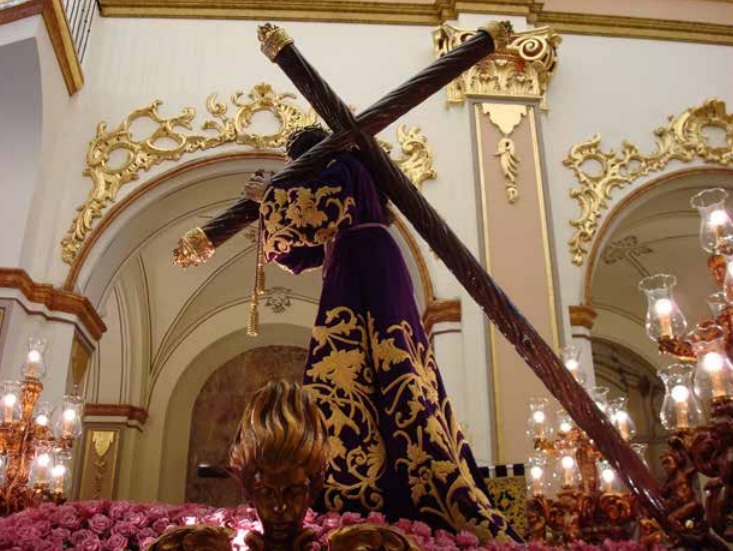 I’m pleased to be writing a new column for Nature Air’s magazine, Nature Landings: “Word on the Street.” The magazine is full of fascinating travel stories, cultural information and more, and I’m proud to be a contributor. With permission from Nature Landings, here is a look at this month’s musings as published in the April-May edition. Look for the column the next time you’re in the skies enjoying what truly is the most spectacular way to see Costa Rica.
I’m pleased to be writing a new column for Nature Air’s magazine, Nature Landings: “Word on the Street.” The magazine is full of fascinating travel stories, cultural information and more, and I’m proud to be a contributor. With permission from Nature Landings, here is a look at this month’s musings as published in the April-May edition. Look for the column the next time you’re in the skies enjoying what truly is the most spectacular way to see Costa Rica.
Oftentimes in Costa Rica – a country that lacks the spectacular Holy Week celebrations of, say, Antigua, Guatemala – Holy Week seems best characterized by a long list of things you can’t do. Drinking is one of them, since dry laws prohibit the sale of alcohol on key religious dates (ineffectively, as demonstrated by a popular nickname for Semana Santa: Semana Tanda, or Drunken Week).
Shopping is another, although much has changed since the days when you could barely find a place to buy bread on high holy days. Each year, more and more shops keep their doors open, increasing convenience but eroding tradition – all the more reason to embrace Holy Week while we can.
There is a whole host of activities that are forbidden on Good Friday, for religious reasons or by long-standing superstitions. Don’t eat meat. Don’t go swimming in a river or ocean, or you will turn into a fish. Don’t hit your children, or your hand will fall off; there’s one superstition we can all wish were fact. Don’t wear red, since it implies support for the devil. And since it’s a day of mourning, don’t run, play or work.
But alongside all the can’ts, what you can do during Holy Week in Costa Rica, especially in its town and city centers, is slow down, reflect and relax as at no other time of year.

It is a hot season, and very still. Streets empty; miel de chiverre, or squash jam, is lovingly prepared over stovetops nationwide; painstaking preparations are made for local processions. Regardless of your religious affiliation, something about Semana Santa invites reflection – or, at the very least, peace and quiet.
It’s worth seeking out this national pause. It’s worth leaving behind the rush of everyday life, or even, for the tourist, taking a detour from the beach to experience Costa Rican town life at its finest: with stores shuttered and schools locked, people of all ages can come together in the street behind the solemn beat of the Romans’ drums.
Walk with them, and you’ll be reminded why we want traditions to survive in the first place: because they connect us to history, even when that history isn’t ours.

Katherine,
I have always wanted to write for one of these inflight magazines. I scoped out several articles in my mind even quizzes about countries, airports, etc. Now, you are doing it. Hooray! You are really able to capture cultural and linguistic oddities.
From: Love in Translation Reply-To: Love in Translation Date: Wednesday, April 12, 2017 at 9:31 PM To: Joan Acosta Subject: [New post] Why a Costa Rican Holy Week is a treasure to be savored
WordPress.com stanleyobando posted: “I’m pleased to be writing a new column for Nature Air’s magazine, Nature Landings: “Word on the Street.” The magazine is full of fascinating travel stories, cultural information and more, and I’m proud to be a contributor. With permission from Nature Land”
LikeLiked by 1 person